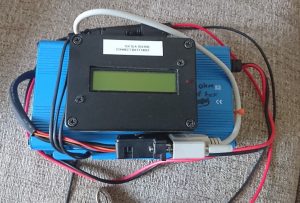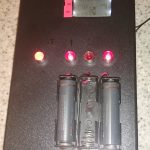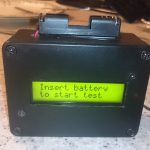My Trust UPS battery failed on me last year and I was meaning to replace it but the cost of a replacement battery is almost equal to the cost of a cheap brand new UPS from dubious brands. I’ve always used APC SMART ups’s as they are very reliable and never seem to go wrong but man they are expensive.
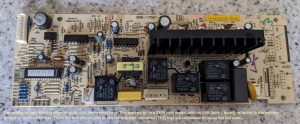
APC do some cheaper models in plastic casing but they are no better than the cheap Trust / Belkin / Mustek types that often advertise with a massive VA rating but are yet much smaller than their APC equivalents. They often only have a 7 to 9Ah battery in them even in 2200VA models. I doubt they would last long at full load and I don’t just mean the battery. They only have 4 MOSFETS at the most which will likely explode the moment it switches to battery at full load.
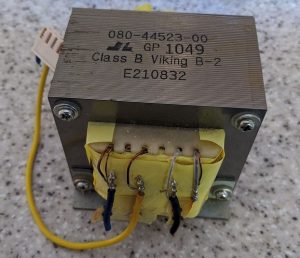
Anyway enough intro. I decided my UPS was just crap and not worth repairing; it was rated at 800VA and had a single 12V 7.2Ah battery in it with an advertised full load runtime of 5 mins. I pulled out the mainboard and noticed that it obviously uses the same board for different models with the configuration set by resistors. They seem to contradict themselves but from what I gather my UPS is set for 230V fixed with no AVR (buck / boost) and 600VA rating. No wonder it had a shit fit when I tried to put more than 600VA load onto it. Definitely said 800VA on the front and the box. Going by the transformer it is a offline / standby type although the board supports some kind of auto voltage regulation though it isn’t line interactive. There are two pins on the transformer connector connected to relays and other electronics but are not used. Perhaps by changing the transformer and configuration resistors you can make it a 220V model or one with AVR that switches taps on the transformer to maintain a stable output voltage without switching to battery.

